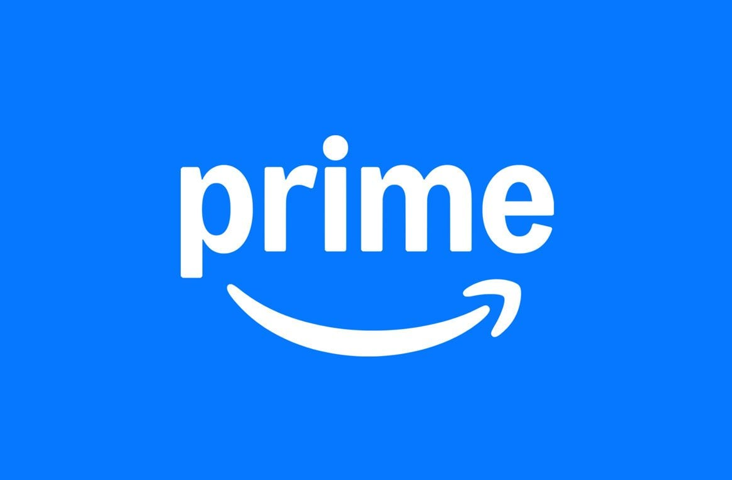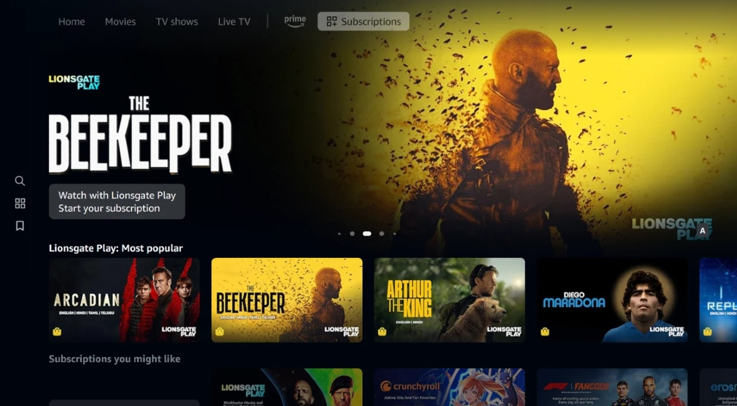Amazon has agreed to pay a historic $2.5 billion settlement, resolving a long-running legal dispute over Prime subscription practices. The settlement marks one of the largest consumer protection cases in global e-commerce history and aims to compensate millions of customers affected by misleading enrollment and difficult cancellation procedures.
The Settlement Details
The Federal Trade Commission (FTC) led the investigation into Amazon’s Prime service, accusing the online retail giant of deceptive practices. Amazon will pay a $1 billion civil penalty and provide $1.5 billion in refunds to consumers who were misled or deterred from cancelling their Prime memberships. The total settlement amount is $2.5 billion, with approximately 35 million customers in the United States eligible for refunds. In Australia, affected consumers will also be able to claim their share, with the process aligned with international procedures.

Amazon to pay $1.5 billion in settlement to Prime customers
How Customers Can Claim Their Refunds
Eligible Amazon customers need to be aware of the specific criteria. Customers who signed up for Prime between June 23, 2019, and June 23, 2025, qualify. This includes those who encountered challenges during the enrolment process or attempted to cancel but found it difficult. Customers who experienced such issues are entitled to submit claims to receive a refund of up to $51. The refunds will be automatically paid to eligible customers within 90 days after the settlement approval. Customers who do not automatically receive the payments will be notified and directed to complete a simple claims form online.

Customers who signed up for Prime between June 23, 2019, and June 23, 2025, qualify for the refund
Process for Automatic and Manual Payments
For customers with straightforward Prime use, such as enrolling or cancelling, automatic refunds will occur. Customers who used three or fewer Prime benefits within a year will likely receive their refunds automatically. Those with more extensive usage must complete a claims form to receive their share. The process aims for transparency and simplicity, with Amazon and regulators committed to making claims straightforward. If the available funds are insufficient to cover all claims, refunds will be issued on a pro-rata basis, proportional to the eligible amounts.
Impact on Consumers
The settlement underscores significant consumer protection efforts. Many customers enrolled in Prime without clear disclosures, often through misleading prompts or confusing checkout flows. The FTC estimates that over 30 million Americans, and by extension Australian consumers with similar account practices, could be eligible for compensation. The case highlights Amazon’s responsibilities to clarify subscription enrolment terms and streamline cancellation procedures, preventing consumers from being trapped in subscriptions without explicit consent.
Background of the Case
The legal battle began in 2023, initiated during President Biden’s administration, focusing on Amazon’s subscription policies. The FTC alleged that Amazon employed “sophisticated subscription traps” designed to manipulate customers into signing up for Prime unintentionally. The company also faced scrutiny over its cancellation process, which regulators claimed was overly complex and discouraging. Amazon did not admit wrongdoing but agreed to the settlement to avoid prolonged litigation and potential reputational damage.
FTC secures historic $2.5 billion settlement against Amazon. Agency alleged that Amazon used deceptive methods to sign up consumers for Prime subscriptions and made it exceedingly difficult to cancel: https://t.co/c6e1tpIgDi
— FTC (@FTC) September 25, 2025
Future Implications for Amazon
The settlement mandates Amazon to improve transparency around Prime membership costs, requiring clear disclosures before enrolment and during cancellation. The company must also simplify the process for cancelling subscriptions, aligning with consumer protection laws. These measures aim to restore consumer confidence and prevent future miscommunications. This case sets a precedent for holding major online companies accountable for their subscription practices.
Consumer Assistance Resources
In Australia, customers can find updates and the claims process on the official Amazon seller help pages. They can also seek assistance through consumer protection agencies and regulatory bodies overseeing online retail practices. The settlement encourages affected consumers to review their account history to determine eligibility and stay informed about future updates from Amazon regarding claims and refunds.
Also Read: Octopus and OVO Offer Free Electric Blankets to Cut Energy Costs – Here’s How to Claim Yours
The Broader Context
This settlement is part of a broader crackdown on digital subscription practices globally, with regulators increasing their focus on transparency and fair business practices. Amazon’s case draws attention to the importance of clear communication in online commerce and the need for ongoing oversight to protect consumers from deceptive enrolment tactics. The settlement demonstrates how regulatory agencies can enforce accountability and secure substantial reparations for affected customers.
Conclusion
Amazon stands to pay a severe financial penalty through this settlement, which aims to support consumers directly affected by the company’s past practices. The $2.5 billion settlement reinforces the importance of transparent subscription and cancellation policies. Australian consumers who signed up for Prime during the specified period are encouraged to monitor their accounts and claim their refunds if eligible. The process prioritises ease of access, with most refunds expected within 90 days, and customers will be notified to submit claims if necessary.
This landmark case not only results in substantial compensation but also prompts Amazon to enhance its subscription procedures. The outcome demonstrates the increasing regulatory oversight of online service providers and the ongoing efforts to uphold consumer rights worldwide. Consumers across Australia can now look forward to more transparent practices and fairer treatment in digital transactions.












